Loungewear Size
Loungewear Market Growth Projections and Opportunities
The loungewear market has experienced significant growth in recent years, driven by various factors that shape its dynamic landscape. These factors include changing consumer lifestyles, increasing demand for comfortable and versatile clothing, the rise of remote work and telecommuting, and evolving fashion trends.
One of the primary drivers of the loungewear market is the shift in consumer lifestyles towards comfort and convenience. As people lead increasingly busy lives, they are seeking clothing that offers both style and comfort, allowing them to transition seamlessly between different activities throughout the day. Loungewear provides the perfect blend of relaxation and style, making it a popular choice for everyday wear, whether at home, running errands, or even socializing with friends.
Moreover, the COVID-19 pandemic has accelerated the growth of the loungewear market, with more people working from home and spending increased time indoors. The rise of remote work and telecommuting has led to a greater demand for comfortable and functional clothing suitable for extended periods of wear at home. Loungewear offers the perfect solution, providing individuals with the comfort and flexibility they need to stay productive while working remotely.
Changing fashion trends and preferences also influence market dynamics in the loungewear segment. With the growing popularity of athleisure and casualwear, consumers are gravitating towards clothing that blurs the lines between loungewear and traditional apparel. This shift in fashion preferences has led to an expansion of loungewear offerings, with brands incorporating trendy designs, stylish silhouettes, and innovative fabrics to appeal to fashion-conscious consumers.
Furthermore, the rise of social media and influencer marketing has played a significant role in driving demand for loungewear. Social media platforms serve as a powerful tool for brands to showcase their loungewear collections, connect with consumers, and leverage influencer partnerships to promote their products. The influence of social media influencers and celebrities on consumer purchasing decisions has contributed to the popularity of loungewear as a fashionable and trendy clothing option.
Government regulations and initiatives also impact market dynamics in the loungewear segment, particularly in areas such as sustainability and labor practices. With increasing awareness about environmental conservation and ethical manufacturing practices, consumers are placing greater importance on purchasing clothing from brands that prioritize sustainability and social responsibility. As a result, many loungewear brands are embracing sustainable materials, eco-friendly production processes, and fair labor practices to appeal to conscientious consumers.
Competitive dynamics within the loungewear market are characterized by the presence of numerous players ranging from established fashion retailers to direct-to-consumer startups. Intense competition among brands has led to product innovations, competitive pricing strategies, and marketing initiatives to differentiate offerings and capture market share. Brand reputation, product quality, and customer experience are critical factors influencing purchasing decisions in this competitive market.
Despite the growth opportunities, the loungewear market faces challenges such as pricing pressures, supply chain disruptions, and shifting consumer preferences. Pricing pressures stemming from fluctuating raw material costs and intense competition can impact profit margins for manufacturers and retailers. Supply chain disruptions, including raw material shortages and transportation bottlenecks, can also affect the availability and affordability of loungewear products in the market.
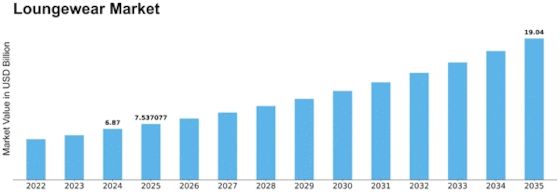

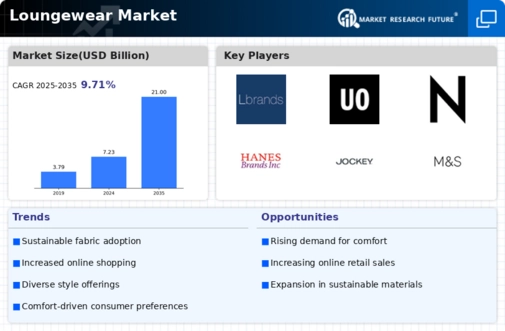
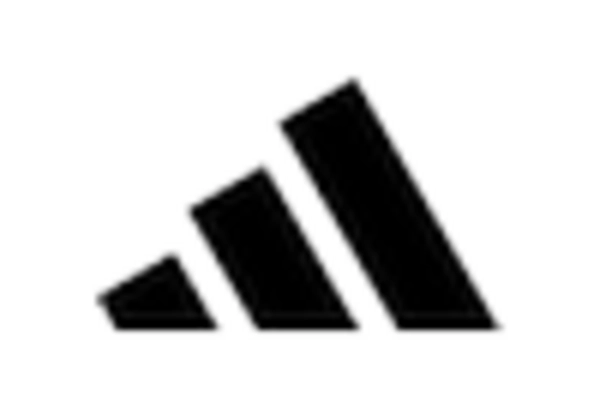
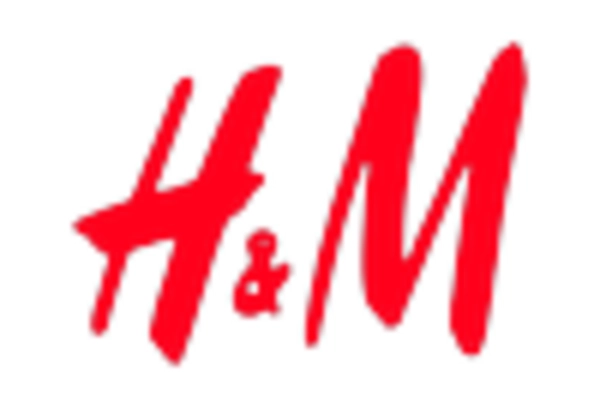
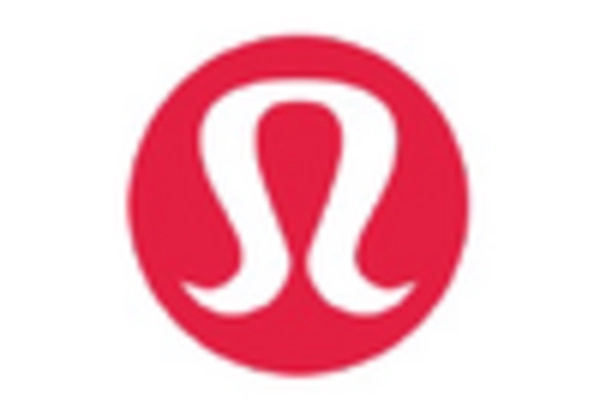
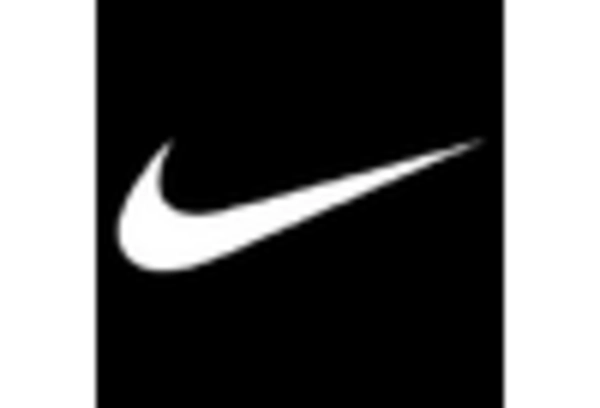
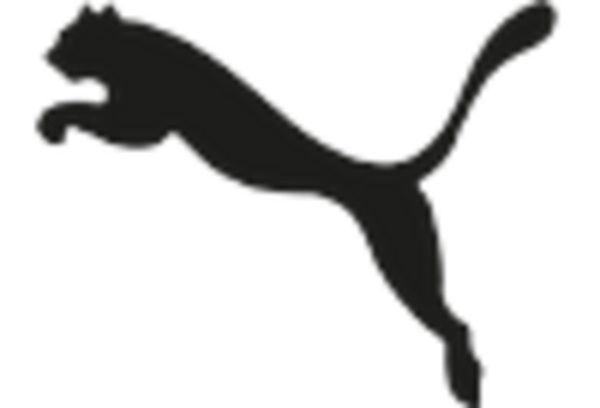
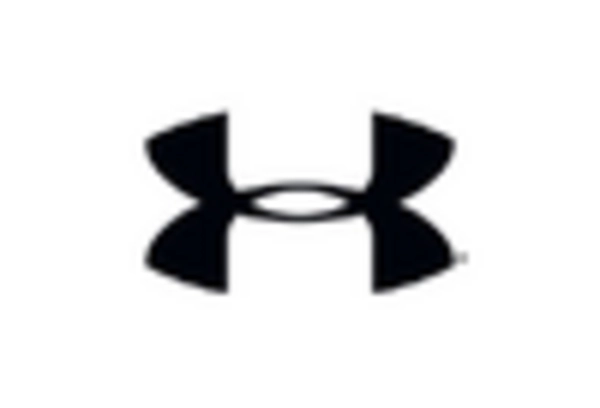









Leave a Comment